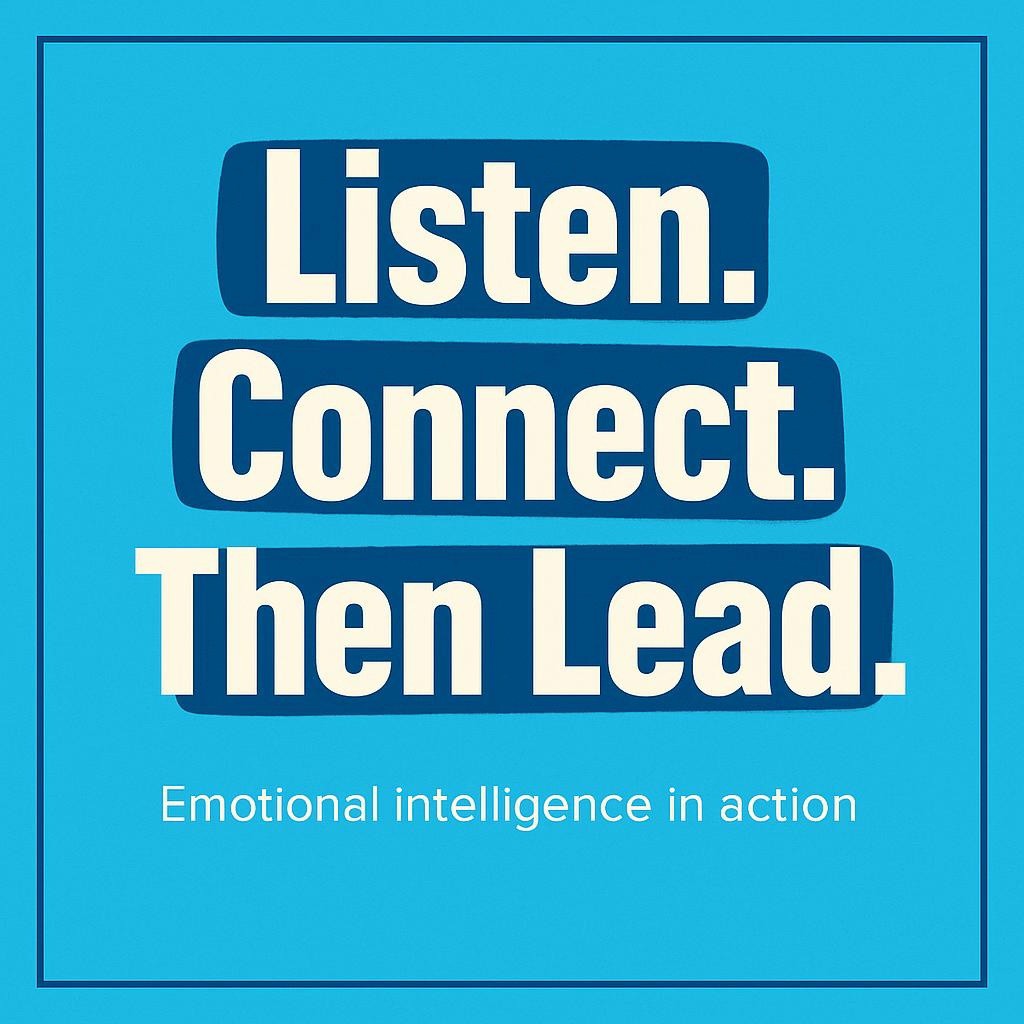The Power of Emotional Intelligence: Enhancing Personal and Professional Relationships
A tense meeting, a hard talk at home, and then a shift. Voices soften. People lean in. The room gets braver. This is not luck. It is emotional intelligence at work, the quiet skill set at the center of Rand Selig’s Thriving!, which treats relationships as the engine of a meaningful life.
What Emotional Intelligence Looks Like in Real Life
Selig ties emotional intelligence to character and everyday choices. He highlights social intelligence as a core strength, “the ability to communicate and form relationships” with a wise balance of empathy and assertiveness. It grows from knowing ourselves first, then showing up clearly with others .
He also draws a helpful line between three forms of empathy. Cognitive empathy understands. Emotional empathy feels. Compassionate empathy goes a step further, moving us toward action that eases the problem. Most of us need that balanced, compassionate response, especially in families and close teams .
The Hidden Pivot: From Debate to Dialogue
Selig urges a shift from debate to dialogue. Debate clings to positions. Dialogue builds understanding. The practice is simple and demanding, listen for someone’s frame of reference, replay what you heard, and ask questions that move things forward. The paradox is real, when we let go of the short term power of asserting, we gain long term trust and influence. That trust opens the door to real cooperation, at work and at home .
A Leader’s First Move: Connect
Old school leadership was command and control. Selig points us to another way, connect first, then direct. People follow leaders who are connected to them and committed to their ability. The connection is built in small acts done often, thanking people, listening well, sharing something personal, and walking others through the why behind decisions. When people feel seen, they can say yes with their whole selves .
If you want a clear anchor for all of this, keep Selig’s definition close, “Social intelligence is the ability to communicate and form relationships” with the right mix of empathy and assertiveness. It is a daily practice, not a personality type .
Wholehearted, Not Perfect
We cannot have emotional intelligence without courage. Selig writes about how trying to numb hard feelings also numbs joy. The stronger path is vulnerability, not a performance, a presence. Being wholehearted means letting yourself be seen, naming imperfections, and letting connection do its work. People are drawn to that kind of honest strength, and it deepens bonds across life’s roles .
The Foundation: Integrity and Reciprocity
Healthy relationships rest on integrity and reciprocity. Selig invites us to align promises and actions and to build empowering relationships where we appreciate others, look for their strengths, and treat conflict as a chance to create better answers together. Leadership is a reciprocal relationship. The relationship is the work. Buy in follows when people feel heard and respected .
Purpose Steadies the Way We Communicate
Selig’s own vision places relationships and community at “the heart of implementation and long term success.” He names quality of communication, quality of relationships, and ethics as core values, and he returns to them as a steadying force when the stakes are high. When we tie our words and choices to shared values, conversations get clearer and kinder at the same time .
A Note From the Author’s Life
Selig does not write as an observer on the sidelines. He describes early struggles and how growth over years made him a better father and a more values aligned leader. He points to the gains that came from difficulty, compassion, humility, gratitude, and a life designed to match his principles. That lived story is why Thriving! feels both warm and practical .
Practical Steps You Can Use Today
These are field tested moves from Thriving! you can try in your next conversation.
-
Lead with listening. Start by listening for the other person’s frame of reference. Replay what you heard before you add your view. This simple act builds dignity and trust quickly .
-
Choose dialogue over debate. Ask questions that invite perspective, not proof. You are building understanding, which is the soil for good decisions together .
-
Share the why. When a choice affects others, walk them through the process and reasons. People can accept change when they feel respected and included .
-
Practice compassionate empathy. Understand what is going on, feel with the person as appropriate, then help them take a next step. Aim for balance between head and heart .
-
Model vulnerability wisely. Share something personal when it truly serves connection and learning. Wholehearted presence builds real belonging .
-
Strengthen integrity and empowerment. Keep commitments. Appreciate others. Treat conflict as a chance to create a better way forward together. These choices help people bring out their best .
-
Keep purpose in view. Let shared values guide how you communicate, especially under pressure. Relationships and community are not side notes, they are the path to lasting results .
Why This Matters
Emotional intelligence is learnable. Selig points to classic research showing that the building blocks of EI, like self awareness, self discipline, and empathy, can grow through adulthood and pay off in health, relationships, and work. This gives real hope, you can start where you are, and the gains stack up over time .
Thriving! reminds us that our power to create better relationships begins within. “Thriving! shows you how you can be the author of your own story.” When we bring that authorship to our conversations, we change not only the talk, but the future it makes possible .
Which relationship in your life is asking for dialogue, not debate, today, and what is one small act of compassionate empathy you can offer to open that door?
